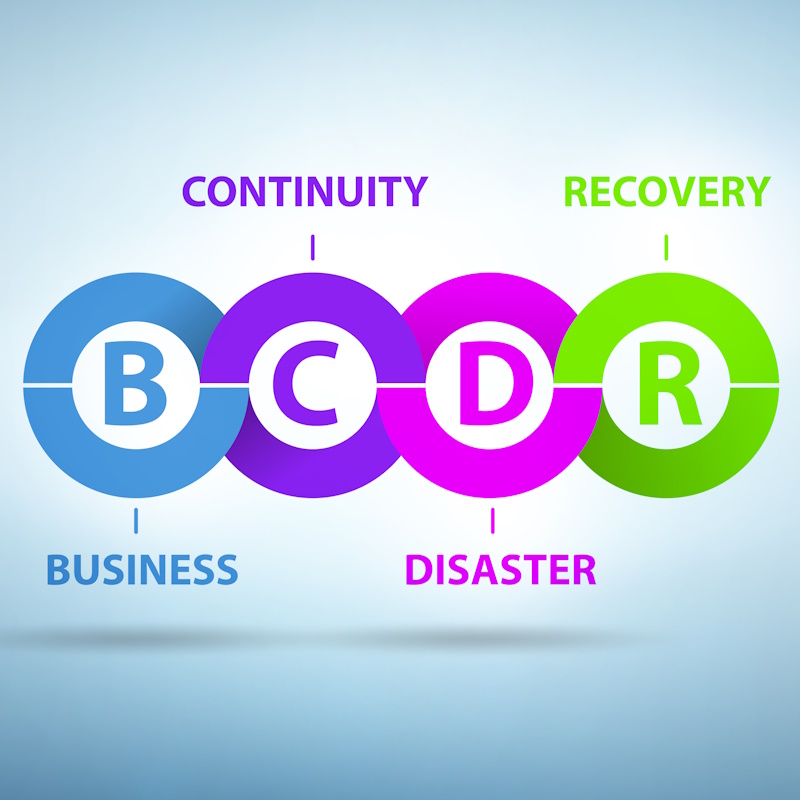Recent Posts
Categories

The purpose of a business continuity plan is to ensure that an organization can continue to deliver its products and services to its customers and stakeholders in the event of a disruption. The plan is there to protect the company’s reputation, assets, and competitive advantage.
What Does a Business Continuity Plan Do?
A business continuity plan helps an organization to:
- Reduce the likelihood and impact of disruption by identifying and mitigating the risks and vulnerabilities.
- Enhance the resilience and readiness of the organization by establishing and maintaining the business continuity capabilities and resources.
- Improve the response and recovery of the organization by providing a clear and consistent framework and guidance for the crisis management and recovery actions.
- Comply with the legal, regulatory, and contractual obligations and standards that apply to the organization’s industry and sector.
- Strengthen the trust and confidence of the customers, stakeholders, and employees by demonstrating the organization’s commitment and capability to ensure the continuity of its operations.
Do I Need a Business Continuity Plan?
Every business owner hopes they never have to put a business continuity plan into effect. In today’s world of online threats, increased cyber attacks, and a digital age that increases our attack surfaces, it is not a matter of if, but when something is going to happen. If you want your business to sustain through these changing times, a business continuity plan is a must.
Where Should I Start?
When developing a business continuity plan, many companies start with a risk assessment. Risk assessments identify the threats to and vulnerabilities in your network. Understanding your current risk level is often the first step in making a plan to keep your business resilient through any storm.
ISOCNET can help businesses craft a reliable and personalized business continuity plan. Start with a free risk assessment, or contact us to learn more.



